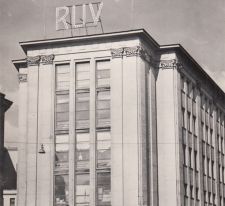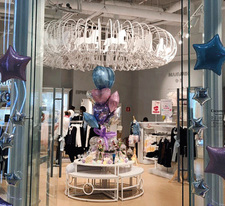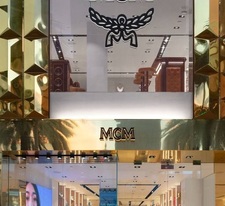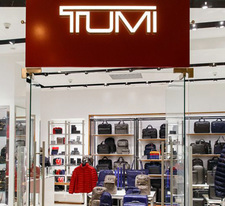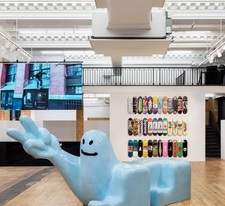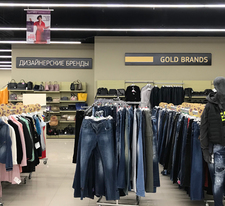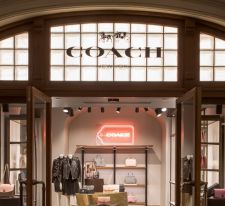The flagship of trade on the Daugava
part 1part 2
SUBTRACT AND SAVE
The store successfully operated until June 1940, but after the Soviet troops entered Riga, panic began, essential goods were bought up, and speculators inflated prices. As a result, the norms for the purchase of shoes, leather clothing, linen and cotton fabrics were limited, then the long-term head of the "Army Economic Store", Colonel Andreis Lejas-Sousse, was dismissed from his post, and a former assistant, Lieutenant Colonel Albert Romance, was appointed in his place. The working day for sellers was reduced to 8 hours.
On September 14, 1940, a major fire occurred in the building, and on October 1, with the entry into force of the law on nationalization, the Army Economic Store, formerly subordinate to the Ministry of War, was subordinated to the Main State Department of Trade. Now it is a "Riga department store". In this form, the department store worked until July 1941, and after the beginning of the German occupation, I was appointed director of the Riga Department Store. Musis, who asked for the return of the old rules of trade and internal regulations. During the withdrawal of the German army, the building was saved only by a miracle: Eduard Kubulins disconnected the wires from the planted explosives and saved the store from looting by cunning.
In the autumn of 1944, the Riga Department Store again had a new director, Vladimir Kolosov, and until the autumn of 1954, the store was directly subordinate to the Moscow authorities. In the early 60s, the fourth floor was reconstructed: "old-fashioned" oak furniture was replaced with nickel-plated stands. Despite the shortage of everything and everything in the USSR, in 1967 the volume of goods sold by the department store in monetary terms amounted to 90 million rubles, and in 1981 it increased to 160 million rubles. Up to 60,000 people came here on a weekday, and up to 100,000 on weekends. In the same years, a special department of the department store for members of the government appeared. It was held as a gift department for intourists. In 1975, a fire broke out in the department store – the object lost 1,700 square meters of retail space, four departments burned out completely. The second fire occurred four years later – 2,000 meters of the grocery department burned out.

THE DEMISE OF THE EMPIRE
In the early 90s, after the collapse of the USSR, goods from all over the world poured onto the shelves of the Riga department store, and it itself became private property. The legendary store was bought by the Latvian-Norwegian company "Varner Hakon Invest", headed by the well-known businessman-politician Aynar Schlessers, and reconstruction began, again interrupted in 1997 by a fire. The department store became a "Center" and reopened in 1998. It was assumed that the number of buyers and turnover would double. As a result, in the late 90s, the store was visited by more than 25,000 people a day. A third investor appeared – JSC «Linstow» from Norway – and a new management company was formed. In 1998, Einar Schlessers sold his share of the capital to a Norwegian company and left the post of general director of the shopping center.
August 17, 2000 was the saddest day for the store beloved by the residents of Riga: the first terrorist attack was committed in the city in the storage room opposite the grocery store "Rimi", between the pharmacy and the settlement group "Parex", an explosion occurred. Then, almost immediately, the second. In total, 28 people were injured by the explosions.
In the summer of 2002, a competition was announced for the construction of nearby territories. It was planned that 20–22 million euros would be invested in the reconstruction, and after completion the store would be called «Galerija Centrs» and concentrate around a glazed 72-meter gallery with «transparent views» of the old town, however, this project was severely criticized by the public.
On January 1, 2006, all the stores of the department store "Centers" were closed. In its new form, the mall was supposed to open in the fall, but opened its doors at the end of August. According to the authors of the project, the reconstruction was approached as carefully as possible: the historical and architectural style of the building was preserved, only the interiors were altered. Despite this, «Galerija Centrs» was named by the citizens of Riga «the most unsuccessful construction », although it was awarded the award of the International Council of Shopping Centers for the best design project in the world in 2008, in the category «Expansion and restructuring of shopping centers ».
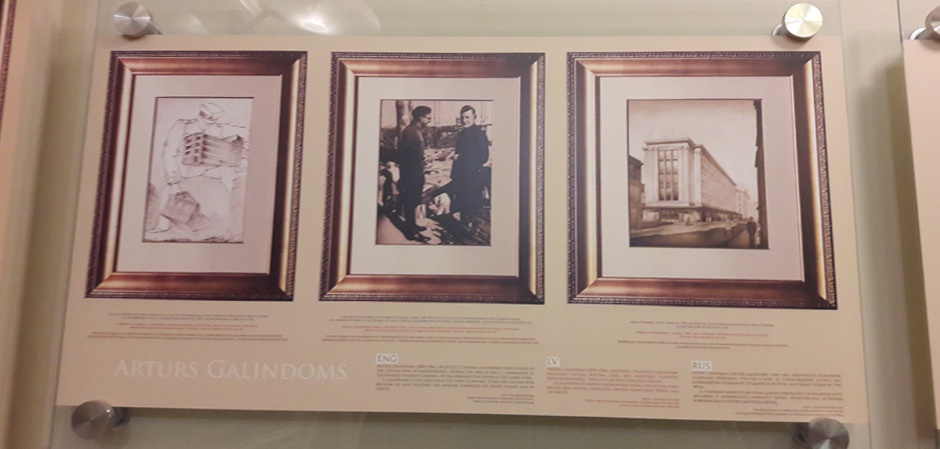
Galerija Centrs is still one of the most luxurious and popular shops in the capital of Latvia: there are 120 boutiques, cafes and restaurants, several service operators. Considering the tourist boom in the Baltic States in the last ten years, many shops in the department store are aimed at guests of Riga: not far from "Galerija Centrs" begins Krisjan Baron Street, "the main shopping street of Riga, " nearby are hotels, public institutions, private offices, banks and educational institutions. The department store is still proud of its past: on the historical staircase, customers can get acquainted with its unique photo chronicle. On the four floors of the shopping center there are 63 dedicated to the history of the object of photo fixation, which were previously in private and public archives and have never been shown.
< span style="font-size: 12px;">Author: Svetlana Soboleva
Photo: Vera Ivanova


